Order Falconiformes Higher classification Falcon | Phylum Chordata Scientific name Falco novaeseelandiae Rank Species | |
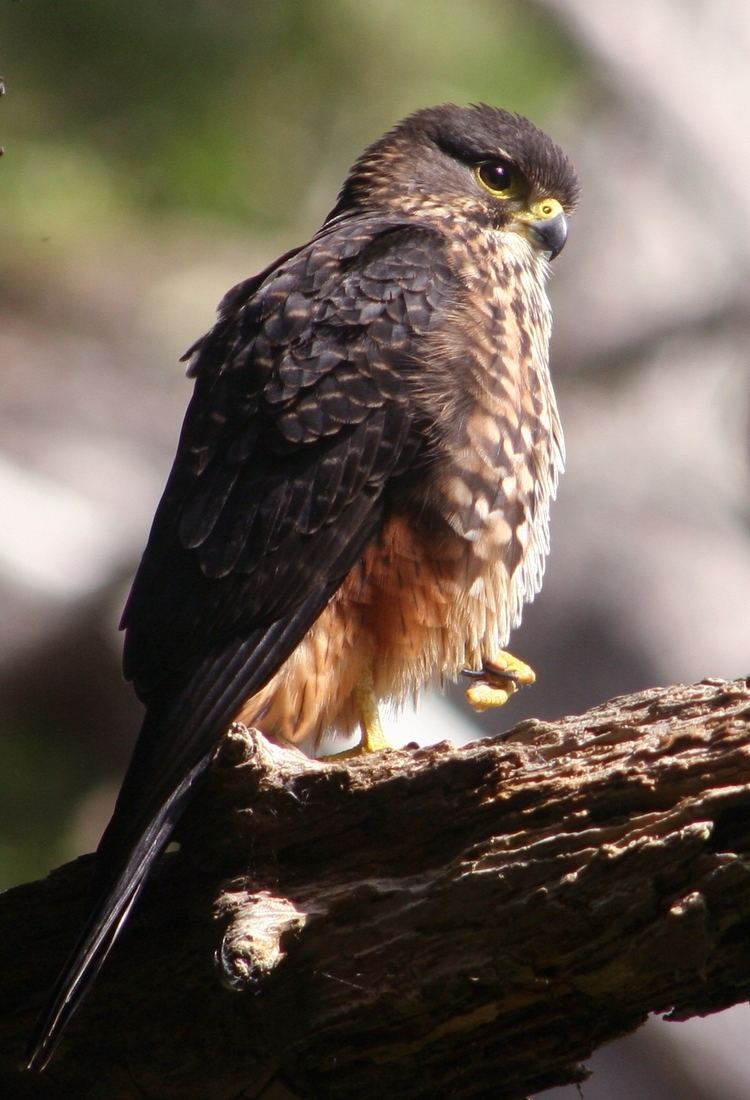 | ||
Similar Bird, New Zealand pigeon, Tui, Kōkako, New Zealand bellbird | ||
New zealand birds new zealand falcon feeding chick
The New Zealand falcon or kārearea (Falco novaeseelandiae) is New Zealand's only falcon and the only remaining diurnal bird of prey endemic to New Zealand. Other common names for the bird are bush hawk and sparrow hawk. It is frequently mistaken for the larger and more common swamp harrier.
Contents
- New zealand birds new zealand falcon feeding chick
- Wild new zealand falcons
- Description
- Falcons for Grapes programme
- References
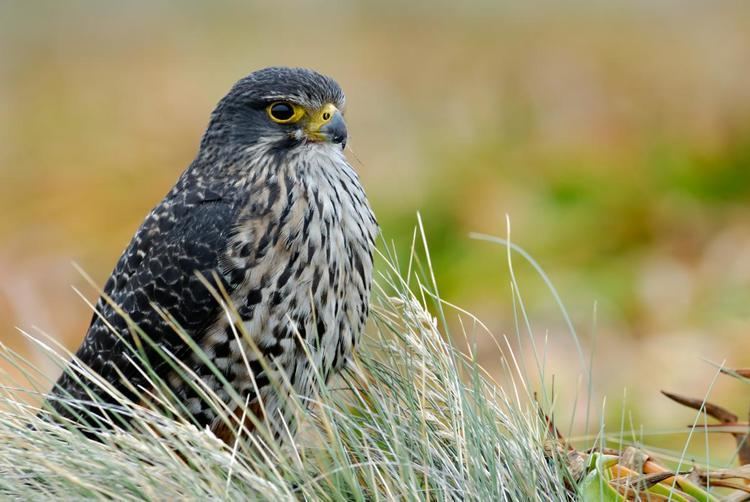
Wild new zealand falcons
Description
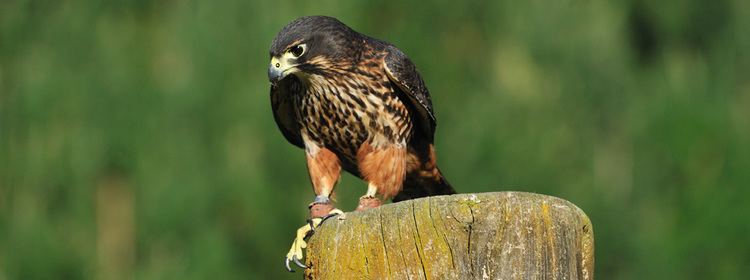
A member of the bird family Falconidae, the Kārearea or New Zealand falcon is mainly found in heavy bush and the steep high country in the South Island, and is rarely seen north of a line through the central area of the North Island. A small population also breeds on the Auckland Islands; the species is known from the Chatham Islands from fossil remains. Although protected since 1970, it is considered to be a threatened species.
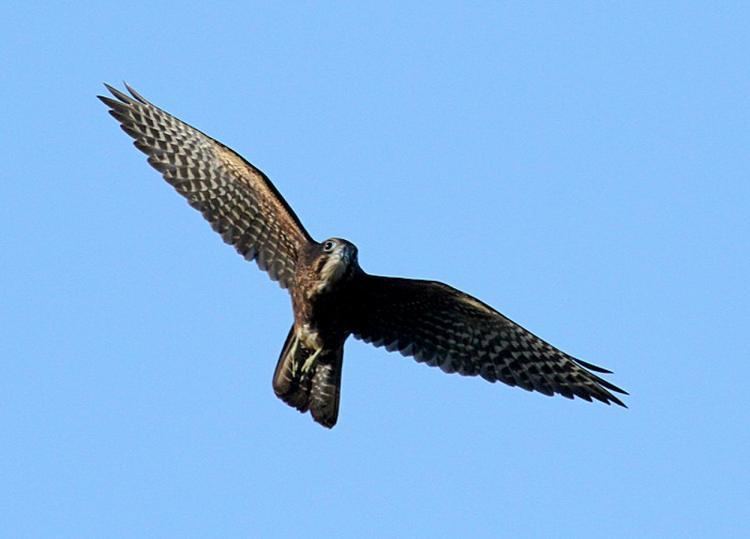
Ornithologists variously described the New Zealand falcon as an aberrant hobby or as allied to three South American species (F. deiroleucus, F. rufigularis, and F. femoralis); however molecular phylogenetic studies show that Kārearea is most closely related to the South American Aplomado falcon Two forms are apparent from their significantly different sizes with the larger race in the South Island and the smaller in the North Island. Although neutral genetic markers show a recent history of these two forms, the substantial size difference is likely to be driven by ecological adaptation. Conservation management had already avoided mixing of the North Island (Falco novaeseelandiae ferox) and South Island (Falco novaeseelandiae novaeseelandiae) populations.
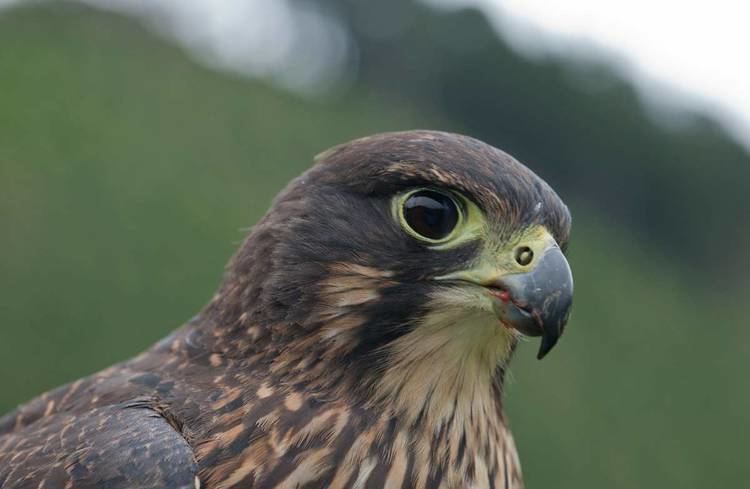
It differs from the much larger swamp harrier (or Kāhu), common throughout New Zealand, in that it catches other birds on the wing, and seldom eats carrion. An aggressive bird that displays great violence when defending its territory, the New Zealand falcon has been reported to attack dogs, as well as people.
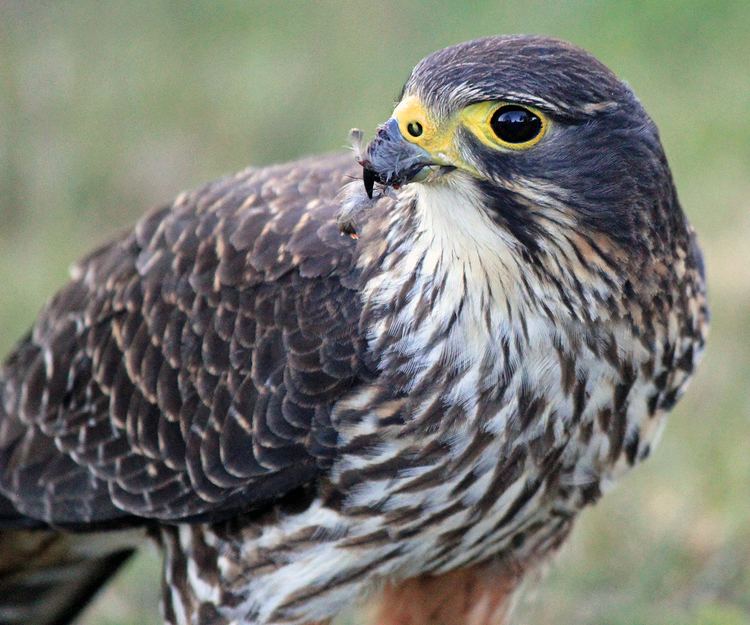
With a wingspan around 45 cm (18 in) and weight rarely exceeding 450 g (16 oz), the New Zealand falcon is slightly over half the size of the swamp harrier, which it usually attacks on sight. The male is about two-thirds the weight of the female.
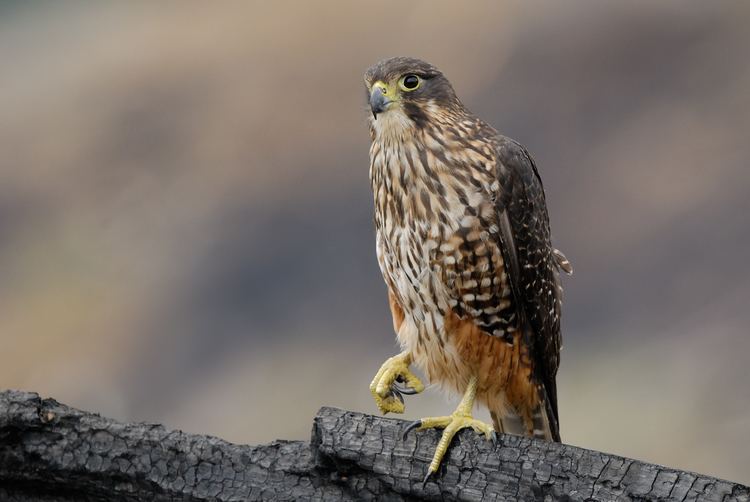
The New Zealand falcon nests in a scrape in grassy soil or humus in various locations: under a rock on a steep slope or on a rock ledge, among epiphytic plants on a tree branch, or under a log or branch on the ground, making the two or three eggs that they lay vulnerable to predators such as stray cats, stoats, weasels, possums, and wild dogs.
Falcons for Grapes programme
In 2005, funding was given by the Ministry of Agriculture and Forestry towards a programme that uses the falcons to control birds that damage grapes and act as pests in vineyards as well as monitoring the birds and establishing a breeding population in the vicinity of the Marlborough wine region. Initially, four falcons were relocated to the vineyards from the surrounding hills. After the release of a further 15 birds breeding began to occur - the first time it is thought to have happened since land clearance 150 years ago. A major ongoing threat to the birds is electrocution on electricity distribution transformers with a fifth of the birds killed in this manner.
